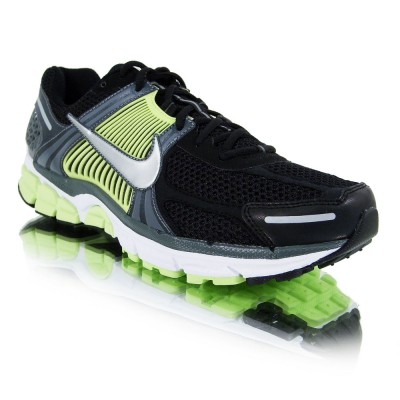It's very simple. Last year in York, I had used a muscle that I don't normally use. I will have used it as a child, but come your teens, it's not that useful, not even to ex-breakdancers (I know, it's a whole big thing). If you stand up. Stand on your tip toes, and then let your heel drop back down to the floor, you are using, among other things, your soleus. Now in day-to-day life, I don't know about you, but I just don't stand on my tiptoes all that much. Let's do a bit more maths. I was running onto my forefoot at about 160 steps a minute, at say twice my body weight and a circuit of the racetrack took about 25 minutes.
160 x 68kgs x 2 x 25 =
How much work was I suddenly asking my soleus to do after 20 years of using it about once a day?
In the one circuit of the track I did, my tiny, undeveloped, atrophied and flaccid little muscle had to carry ... Oh yeah, that's my boy, 544 metric tonnes. (It's more complicated than this, of course, I was actually closer to 90kgs and there are other muscle groups that help you out with impact, but you get the point).
I can assure you, friend, my little calf muscles are pathetic, not the robust, capable and manly specimens pictured here. I can't even bring myself to show you a picture of what they looked like. Try to imagine, instead, a bone with a bit of cling film wrapped around it and you will not be far off. And that is what I was asking to carry 544 metric tonnes of new pressure.
In the last 10 months or so, I have become best friends with my soleus. It is a muscle that sits just behind the bulkier calf muscles at the top of your lower leg. It runs from the back of your knee to your ankle, the achilles tendon, surely you know that one, becomes the soleus and among other things it controls the movement up and down onto and off your tiptoes. If you do a lot of skipping, you will probably have a well-developed and highly-tuned soleus. I don't do a lot of skipping, and my soleus certainly let me know the next day. Like all best friends, me and my soleus argue occasionally and have disagreements about things that I want to do (go for a little barefoot spin on Blackheath), and things that they'd rather do (watch telly, supported by my coffee table). But I have slowly learned how they are used, what mechanisms they protect both themselves from, and me. I've also learned that I can't ask too much of them and expect them not to be in a rotten mood with me for days afterwards.
My sister lives in a tall Victorian semi- and I was sleeping at the top of it. It was utter agony to come down from the top of the house (two floors) for my breakfast. From then, I knew I had done something right.
'Right?'
Yes. Only something so weak can hurt so very much. I had worked or used a part of my body that I don't normally use. Because the pain was in the lower leg and it was obviously muscular, then you would certainly imagine that if you ran, this is exactly where you should be strong. I was obviously very weak. Injuries, or really minor ones, are great. I love them. I know this sounds perverse, but they teach you so much and speak with such brevity (I think some could do with learning that lesson). They tell you to fix something, gait or strength, and FIX IT NOW! Right now! Focus on me! So I did. I can easily stop that pain, I thought. Don't bloody well do it again. But only a few days went by before I knew that this was a shortcoming that needed to be addressed, and it was this that led me to run barefoot a few weeks later.
 |
| Nike Vomero 5s - Their 14mm heel lift meant I could walk again after a few days. |
The truth is, though, I was lucky. I had done nothing at all to change my form. I was running in shoes designed to protect my heels when I landed, but I wasn't landing there (thank God I was wearing shoes with a heel lift, or it would have been ten times worse - more on this later). My stride length was probably the same as it ever was. I wouldn't recommend changing your gait, and moving over to mid-foot or forefoot running by trying it out over a few miles. Start with a couple of hundred yards and build from there.
All in all, I was putting incredible strain on my system by running in such a fantastically eccentric way. But I had enjoyed it at the time, and it did feel good - the ecstasy of running had struck its blow. It had made me an idiotic decision-maker.
Ecstasy is not known for enabling you to make sound decisions. This is why you should know what mileage you intend to cover before you step out of the door, if you wait until half way through your run to decide, you will find yourself to be a formless, nodding dog of acquiescence to any stupid idea your brain can cook up.

No comments:
Post a Comment